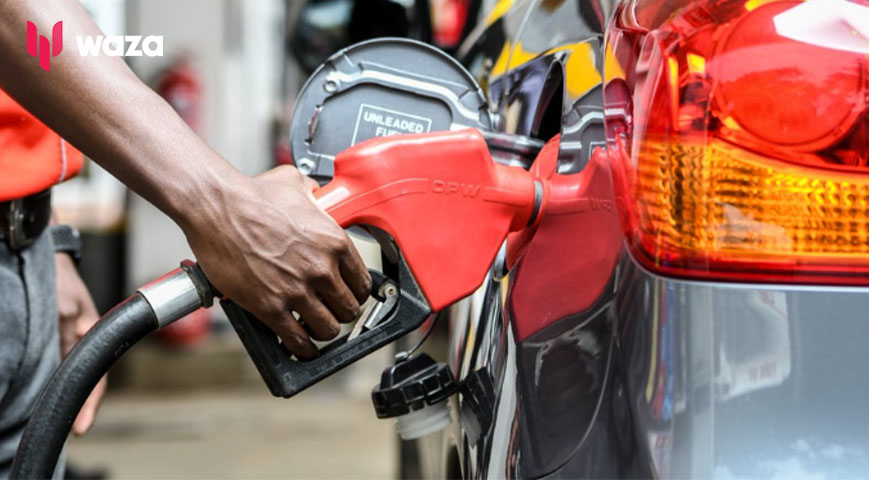The Kenya Power and Lighting Company(KPLC) targets increasing its electric cooking gas users to more than 90,000 in three years.
The revelation was made by KPLC Managing Director (MD) Joseph Siror at the Global eCooking Coalition (GeCCo) launch during Africa Climate Week in Nairobi.
“Electricity has traditionally been viewed as the expensive cooking alternative by many Kenyans. Middle-class households often own task-specific electric cooking appliances such as kettles or microwaves but rely on liquefied petroleum gas for the bulk of their cooking,” the MD said.
“However, this is no longer the case as recent studies have shown. There is, therefore, an enormous untapped potential for e-cooking in the country.”
According to recent data, barely 1% of electricity users use the service for cooking, with the rest of Kenyans predominantly using gas and wood fuel.
Did you read this?
GeCCo is a project that aims to hasten the switch from conventional to electronic cooking in both household and commercial settings.
The partnership includes organizations like the Energising Development (EnDev), Sustainable Energy for All (SEforALL), Modern Energy Cooking Services (MECS), and Global Energy Alliance for People and Planet (GEAPP).
“The utility has partnered with several other organizations including the Modern Energy Cooking Services (MECS), the African Centre for Technology Studies (ACTS), and the Clean Cooking Association of Kenya (CCAK) to champion e-cooking in Makueni, Kitui, Nakuru, Kakamega, and Kisumu counties.”
Kenya Power wants to enhance customer adoption of e-cooking through increased public knowledge of the technology through its Pika na Power campaign.
To drive the e-cooking agenda countrywide, the business has established demonstration centers in Nairobi, Kisumu, Nakuru, and Mombasa.












